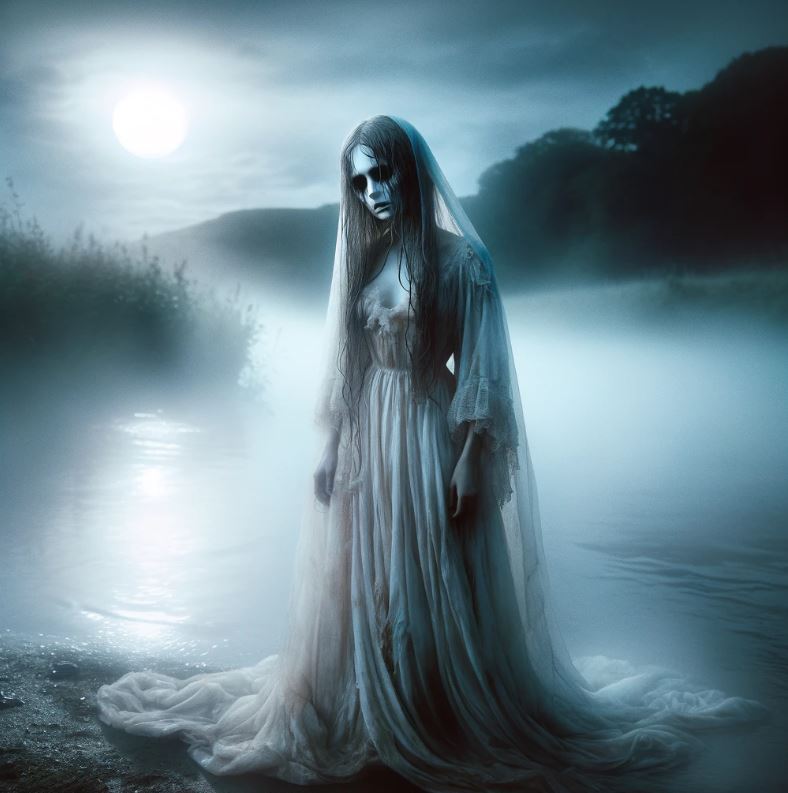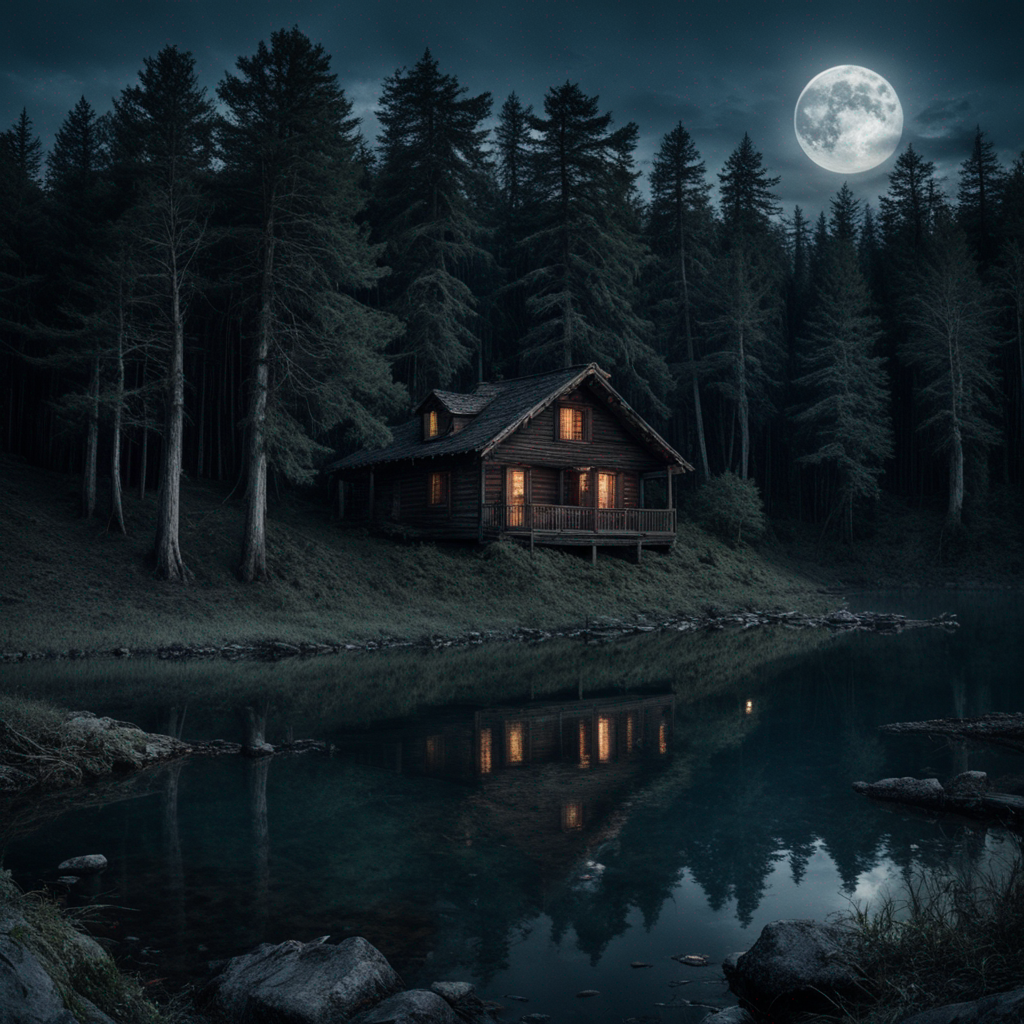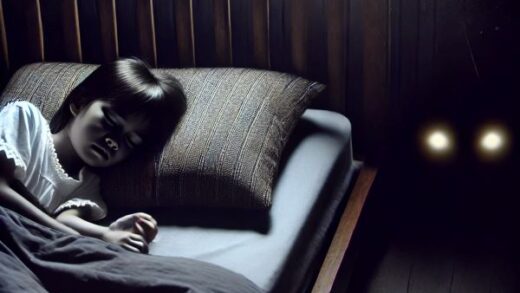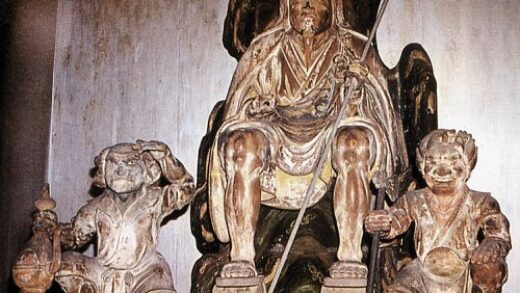
Among the most haunting figures in Latin American folklore stands La Llorona, or “The Weeping Woman.” A tale steeped in sorrow and mystery, it resonates deeply within the cultural tapestry of the region. This blog post delves into the origins, evolution, and cultural significance of La Llorona, exploring her enduring legacy.
Origins and Mythology
The legend of La Llorona has its roots in pre-Hispanic times, but it has been shaped by various cultural influences over the centuries. At its core, it’s the story of a woman who, consumed by tragedy and madness, ends up haunting the living.
The Tale of La Llorona
The most common version of the story tells of a beautiful woman named Maria who drowns her children in a river as an act of revenge against her unfaithful husband. Overcome with grief, she dies and is doomed to wander, weeping and searching for her children in the afterlife.
Physical Description
La Llorona is often depicted as a ghostly, pale figure in a white or black gown, roaming near bodies of water. Her face is sometimes described as skeletal or ghostly, and her cries are said to be unbearably sad and eerie.
Cultural Impact
La Llorona is a pervasive figure in the cultural consciousness of Latin American communities. She is a symbol of grief, loss, and the consequences of one’s actions. The tale has been adapted into various forms of media, including film, literature, and music.
The Symbolism of La Llorona
Beyond the ghost story, La Llorona is often interpreted as a symbol of societal expectations and the struggles of women. Her story touches on themes of love, betrayal, and the dichotomy of the maternal figure.
Conclusion
The legend of La Llorona transcends its origins as a simple ghost story, embodying complex themes of culture, history, and human emotion. It continues to captivate and terrify, a testament to its power as a piece of living folklore.







